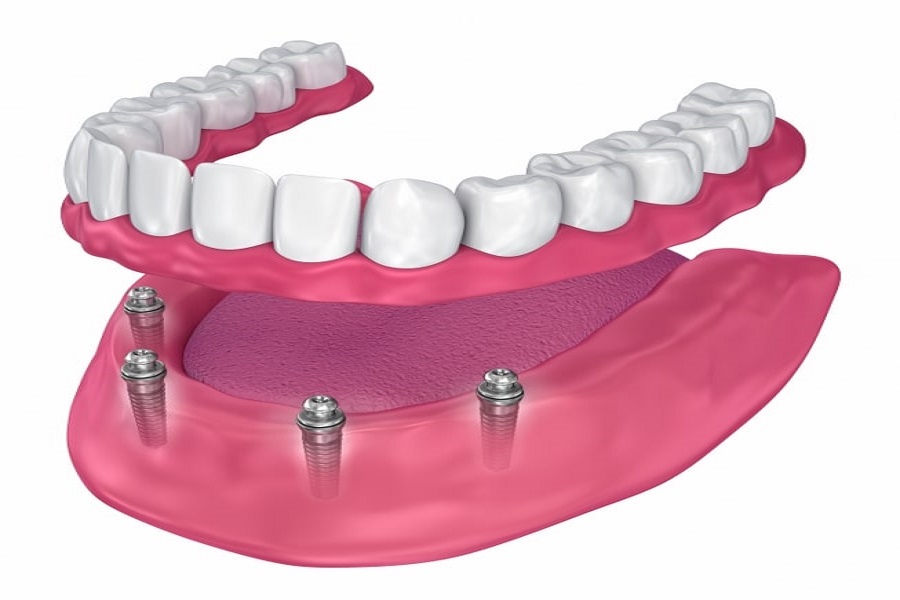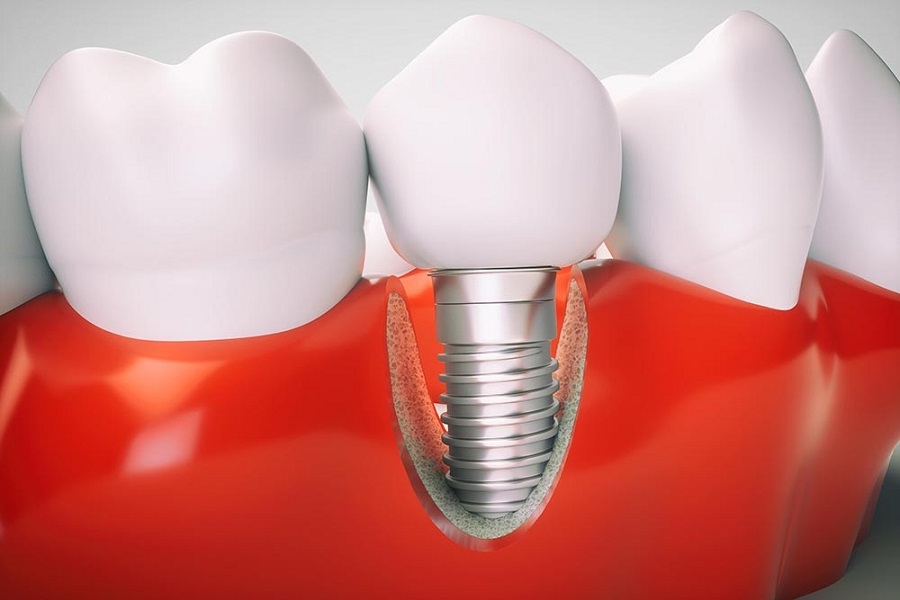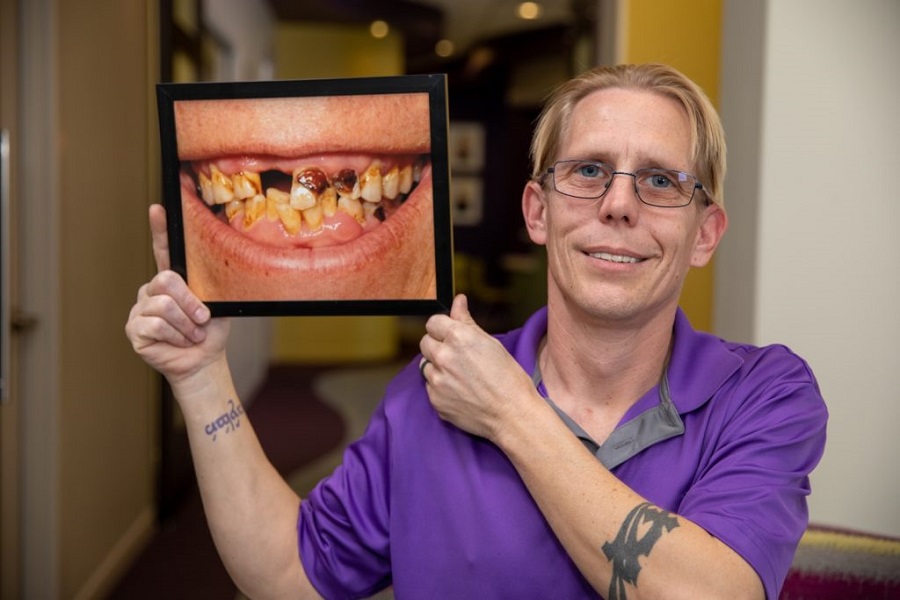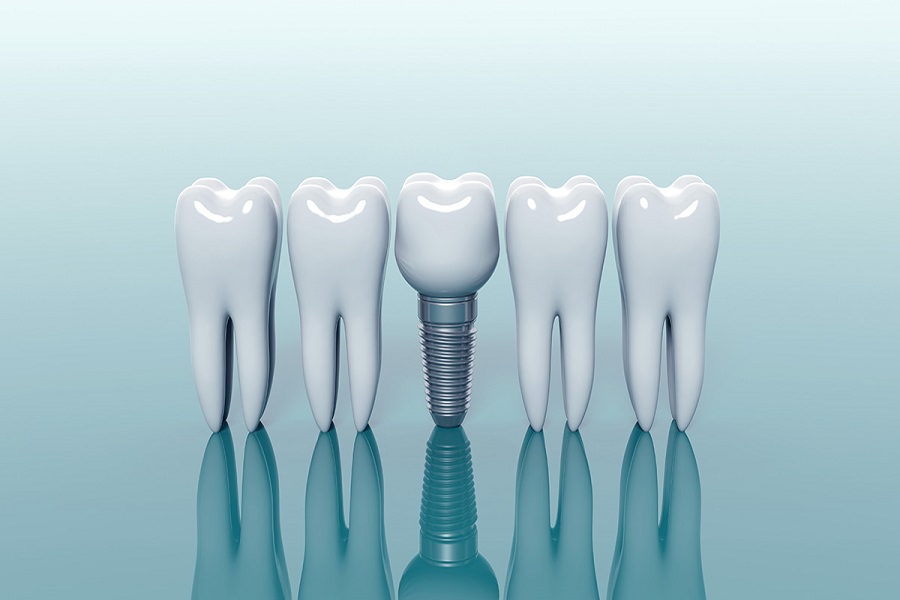(1) Selection of implant materials
Implant materials should have good biocompatibility and biomechanical adaptability, and should be non-toxic, non-sensitizing, non-teratogenic, and non-carcinogenic to the human body. Oral tissue has good tolerance to it, no or very weak chemical stimulation, anti-corrosion to body fluids, and can maintain long-term stability in the human body.
⑵ Implant surface morphology and mechanical strength
The osseointegration part of implants is often designed into grooves, grooves or porous shapes, or the surface spraying technology is used to change the surface microstructure of the implants, in order to expand the surface contact area between the implants and the bone tissue and improve the histocompatibility. However, no matter how the surface shape is designed, its angle should be designed as an obtuse angle and an acute angle is prohibited, because the stimulation of an acute angle can cause stress concentration and cause chronic bone resorption. The design of the implant at the gingival junction requires that the surface should be smooth, the thickness change should be round and gentle, and roughness or grooves should be avoided. In addition, since the implant has to bear a lot of chewing force, it is necessary to ensure the mechanical strength of the implant itself during design, so that it will not break or deform. The mechanical strength of the implant itself mainly depends on the strength of the material, the cross-sectional area and the geometric structure of the implant. For implants with surface coating, the strength of the coating material itself and the adhesion strength of the coating material to the implant body are also important aspects of successful implantation.
⑶ selection of indications
Oral craniofacial implant technology is a new and advanced method for defect repair, but not all cases are suitable for implant repair. Implant dentures are also not perfect and cannot replace traditional denture restorations. Therefore, a strict grasp of the indications and careful preparation before planting is one of the factors to ensure the success of planting.
⑷Strict surgical technique
Poor surgical procedures are often the cause of implant failure prior to secondary surgery. For example, lax aseptic technique operation, lax implant and instrument purification treatment, too much trauma caused by inaccurate surgical operation, high temperature of drilled bone and many other factors are the reasons for the failure of implantation. In particular, thermal damage of bone tissue is an important cause of failure because it is easy to be ignored. Studies have shown that bone tissue can necrosis of bone cells at 47°C for one minute, and irreversible necrosis of bone cells at 60°C for one minute. Therefore, it is very important for the operator to operate delicately and strictly control the heat generation and heat dissipation. When drilling with a bone drill, the fast speed should not exceed 2000 rpm, and the slow speed should be 15 rpm to 20 rpm.
⑸ Reasonable mechanical configuration
In some patients, after the implant is successfully implanted and the implant denture is repaired for a period of time, the implant is broken or loosened, which eventually leads to the failure of the implant. This is mostly due to unreasonable mechanical configuration, stress concentration, and poor restoration. Therefore, correct mechanical design is also very important for the success of implant dentures. This includes the number, position, and arrangement of implants, as well as the rationalization of a series of problems such as the dispersion of Ni force, stress interruption and occlusal relationship of implant dentures.






























